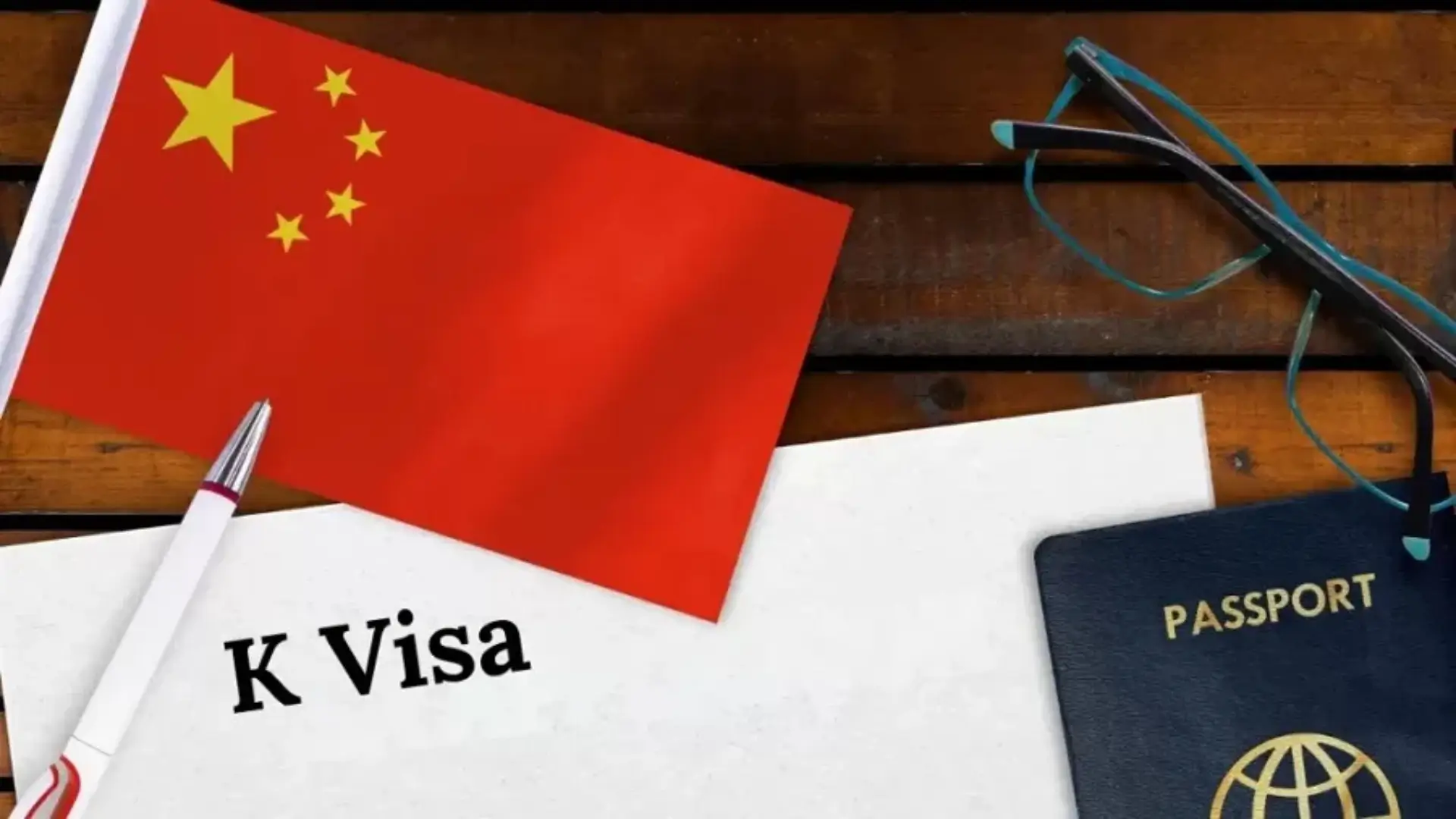China has officially launched the K-Visa Program 2025, a groundbreaking initiative designed to attract global STEM talent and accelerate innovation across key sectors. Effective October 1, 2025, this visa marks a major shift in China’s talent recruitment strategy — offering flexibility, faster processing, and opportunities for young professionals eager to work in science, technology, engineering, mathematics, and academic research.
This detailed guide explains everything you need to know: eligibility, benefits, unresolved questions, and why the world is paying attention.
K-Visa Program Overview
China’s introduction of the K-Visa Program is part of a strategic plan to strengthen its innovation ecosystem under national development goals. The aim is simple: reduce bureaucratic barriers and welcome young, skilled professionals who can contribute to advanced sectors such as:
- Artificial intelligence
- Biotechnology
- Engineering
- Scientific research
- Higher education
- Emerging high-tech industries
With global competition for STEM professionals intensifying, China is positioning itself as a leading destination for research, entrepreneurship, and cross-border collaboration.
What is the K-Visa?
The K-Visa is a new, flexible visa category introduced by the Chinese government exclusively for foreign STEM professionals, educators, and researchers. Unlike traditional work visas, the K-Visa is:
- Easier to apply for
- More flexible in terms of work and residency
- More suitable for younger professionals
- Designed to support innovation, research, and knowledge exchange
This policy aligns with China’s ambition to attract high-quality global talent and boost cooperation in emerging technologies.
Who is Eligible for the K-Visa?
To apply for the China K-Visa 2025, applicants must satisfy the following criteria:
1. Educational Requirements
- At least a bachelor’s degree from a recognized or accredited institution.
- Higher degrees (Master’s or Ph.D.) may offer added advantage.
2. Age Limit
- Preferably 45 years old or younger, making it ideal for:
- Early-career scientists
- Researchers
- Technologists
- Young educators
3. Field of Expertise
Eligible fields include:
- Science
- Technology
- Engineering
- Mathematics (STEM)
- Research & Innovation
- Education
- Other scientific and high-tech disciplines
This focus aligns with China’s rapid expansion of innovation zones, tech hubs, and research centers.
Key Benefits and Features of the K-Visa for STEM Professionals
The K-Visa stands out due to several advantages that simplify global mobility and reduce administrative challenges.
1. No Invitation Letter or Sponsorship Needed
Unlike traditional work visas, applicants do not need:
- An employer invitation
- A guarantee letter
- A pre-secured job offer in China
This removes one of the biggest barriers faced by foreign professionals.
2. Multiple Opportunities Under One Visa
K-Visa holders can:
- Work in China
- Live and reside long-term
- Join research projects
- Start businesses or tech ventures
- Participate in innovation programs
- Engage in academic or educational exchanges
This makes the visa highly attractive for researchers, startup founders, and young innovators seeking flexible career growth.
3. Flexible Duration and Stay
While final rules are pending, the K-Visa is expected to allow:
- Longer validity
- Multiple entries
- Adjustable stay periods based on project needs
This flexibility is essential for scientists or entrepreneurs whose work requires international movement.
Unclear Areas Still Awaiting Clarification
China has announced the visa framework, but some policy details are still being finalized. These include:
1. Definition of ‘Accredited Institutions’
The government has not yet clarified which foreign universities or research bodies qualify as “recognized” for K-Visa eligibility.
2. Work Experience Standards
More clarity is needed regarding:
- How much experience is required
- Which types of experience (research, teaching, innovation) count
- Whether fresh graduates with exceptional skills qualify
3. Pathway to Permanent Residency
As of now:
- No confirmed path to Chinese permanent residency
- No clarity on long-term settlement options
The K-Visa is currently viewed as a temporary innovation-focused visa, not an immigration route.
Why the K-Visa Matters: Global Opportunities and Talent Mobility
The launch of the K-Visa is a major development in global talent mobility. Here’s why:
1. Boosts International Collaboration
Researchers and innovators can now collaborate with Chinese institutions more easily — especially in fields such as AI, biotech, quantum science, robotics, and renewable energy.
2. Opens New Doors for Career Growth
For young STEM professionals, China offers:
- Fast-growing research parks
- World-class laboratories
- Startup incubators
- Government-backed innovation funds
- High-tech industrial zones
3. Strengthens Global Competition for Talent
By offering a flexible STEM visa, China joins countries like:
- USA (H-1B, O-1, STEM OPT)
- Canada (Global Talent Stream)
- Germany (Opportunity Card)
- UK (Global Talent Visa)
This signals a new era in the race for top global talent.
Conclusion
The K-Visa 2025 marks a bold step in China’s mission to become a global innovation powerhouse. By simplifying processes, removing sponsorship barriers, and prioritizing young STEM professionals, China is creating a dynamic pathway for international researchers, educators, and technologists.













